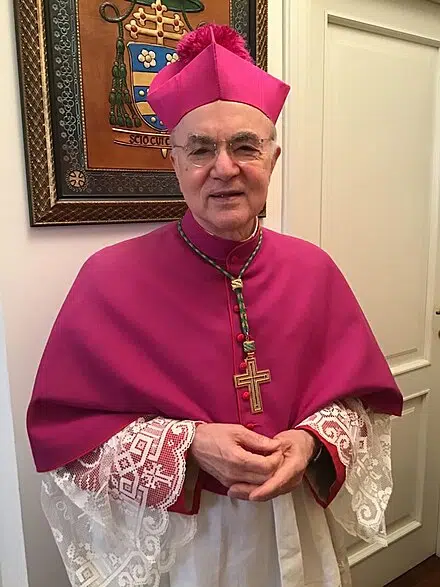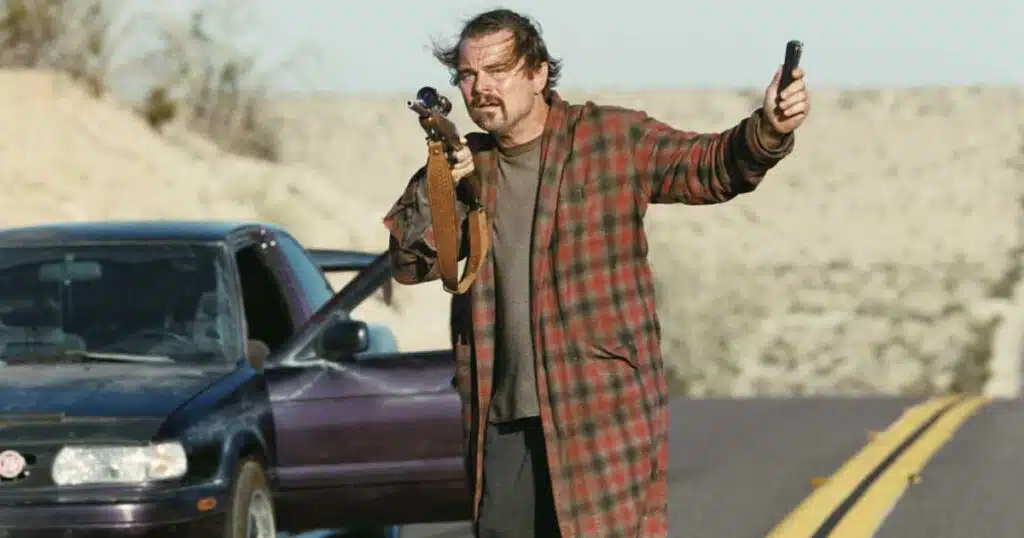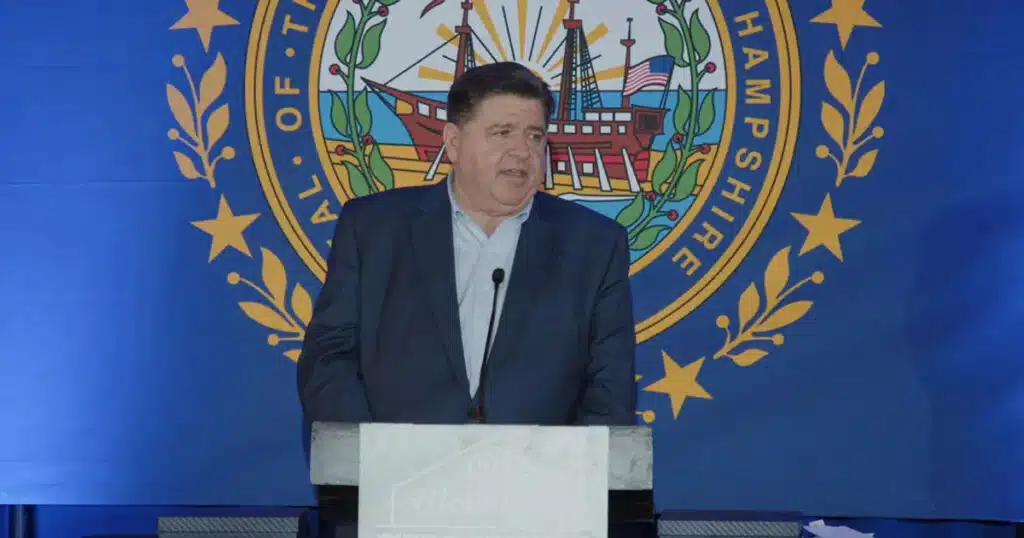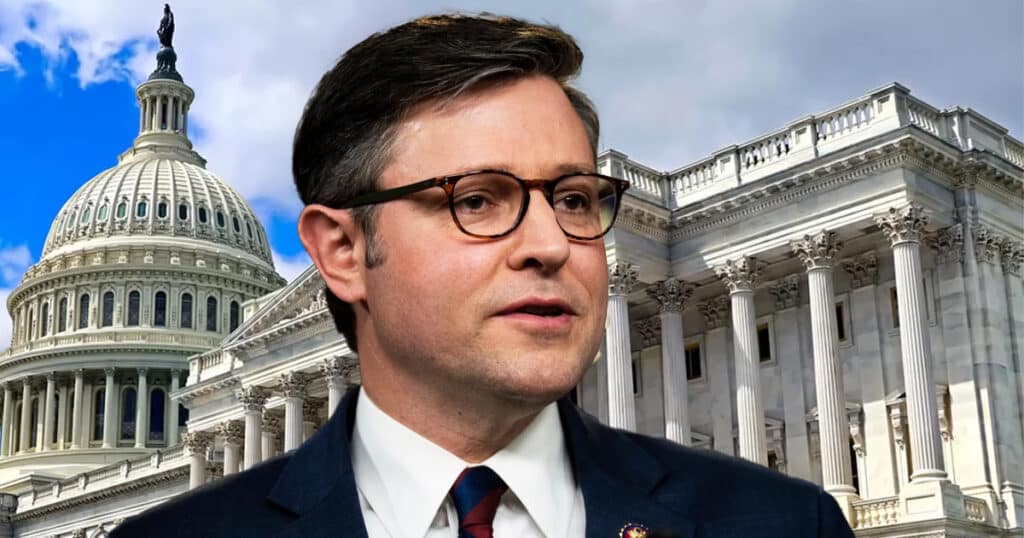
Whistleblowing Archbishop Calls Macron’s Wife A “Transvestite” And Michelle Obama A “Man”
Archbishop Carlo Maria Viganò has been a thorn in the side of the last two popes because he was unafraid to speak his mind and tell the truth. IMHO, Vigano has been correct in many of his statements about Pope Benedict and Pope Francis, which, as in so many cases in today’s society, caused him to be unfairly disciplined.
Vigano began his career with postings in Great Britain and Iraq. In 1978, he returned to Rome to work in the central offices of the Vatican’s state department, the Secretariat of State. According to America’s veteran Vatican correspondent Gerard O’Connell, he held this position for more than ten years.
Pope John Paul II then sent him as a nuncio to Nigeria, where the church was proliferating, in the 90’s. “He appears to have done quite a good job there from what I’ve heard from people who worked with him,” O’Connell reported. In 1998, he was brought back to Rome, where he oversaw the work of nuncios and papal ambassadors around the globe.
After serving in that position for over a decade, Pope Benedict promoted Archbishop Viganò to the position of secretary-general of the government of the Vatican City-State in 2009, making him second in command. There was widespread belief, including by the archbishop himself, that he would eventually be promoted to the top position as president and subsequently be named a cardinal. Unfortunately, that was never going to happen.
While fulfilling these duties, Vigano discovered corruption in some Vatican construction projects. In April 2011, Archbishop Viganò wrote a letter to Pope Benedict explaining that he had found, through his work as secretary general, that the Vatican was being over-charged for its construction projects. The first letter bypassed the then-secretariat of state, Cardinal Bertone, a misstep in the chain of command. Viganò would later also write letters to Bertone detailing corruption inside the Vatican. However, when those letters were covertly released by Pope Benedict XVI’s personal butler, Paolo Gabriele, the corruption became known as the Vatileaks scandal.
O’Connell reported:
“Tension was quite high at a certain point [between Viganò and other Vatican officials, and] became even higher when the letters were released into the public domain. That was a moment that it became clear to everybody that Viganò’s situation was no longer tenable within the Holy See.”
Due to these tensions, instead of promoting Archbishop Viganò, Pope Benedict chose to move him to the United States to serve as nuncio. O’Connell described the move as giving Archbishop Viganò an “honorable exit.” Still, Vigano objected to the decision in a letter to the pope, saying it could be seen as retaliation for his whistleblowing.
Robert Moynihan, editor-in-chief of the magazine Inside the Vatican, met Archbishop Viganò around this time. He states:
“Pope Benedict wrote him a note, and he said, I’m persuaded that you have to go. I understand you are hesitant to do so, but I think you will have a providential mission in the United States. I’ve seen that letter myself.”
Vigano reluctantly followed Benedict’s orders, and when Francis was elected in 2013, he attended a Vatican meeting of nuncios with the new pope.
After their first meeting, Archbishop Viganò requested a personal meeting with Pope Francis. During this meeting, Viganò again discussed with Francis the pope’s desire for bishops not to engage in “culture wars” or highly polarized political debates over controversial issues.
During the meeting, Viganò claimed that he warned Francis about a “dossier this thick” containing complaints of sexual impropriety against then-Cardinal Theodore McCarrick. McCarrick was ultimately removed from the College of Cardinals and the priesthood after being publicly and credibly accused of abusing minors, in addition to the adult priests and seminarians he had already been charged with sexually abusing.
Pope Francis informed Vatican investigators during the McCarrick case inquiry that he did not remember Viganò making this statement during their one-on-one meeting. Following the papal visit to the United States in 2015, during which Archbishop Viganò was a key organizer, the relationship between Viganò and the Vatican deteriorated further. During the trip, the pope met with Kim Davis, a former Kentucky court clerk who gained attention for her refusal to sign marriage licenses for same-sex couples and became a symbol in the culture war.
“The press went into a paroxysm of criticism saying Pope Francis should never have met with such a woman, and they put all the blame for the meeting on the nuncio.”
Moynihan was asked if he thought it was unfair that Viganò was blamed for setting up the meeting.
“No, no, no. I believe it was his idea. I believe so,” he said.
A few months later, in 2016, Viganò reached the mandatory retirement age of 75, and his resignation was quickly accepted. In the Vatican, this is usually a sign that someone has fallen out of favor.
Since then, the condition of the Catholic church has deteriorated, as has the relationship between Archbishop Vigano and Pope Francis. On July 4, the Archbishop’s excommunication for schism was officially declared. While tragic in many ways, few were surprised following the archbishop’s incendiary comments over the last several years.
Few people could have predicted that an archbishop—a career diplomat with over 40 years of service to the Holy See, who had formerly held the second-highest position in the Vatican City-State’s government—would undergo such a dramatic downfall within the church.
Officially, Archbishop Viganò has been tried and found guilty of breaking communion with the pope and those who submit to him, which is the official definition of schism in canon law. He has also been found guilty of denying the legitimacy of the Second Vatican Council. According to the Vatican’s decision on Viganò, further penalties could be imposed if “prolonged contumacy or the gravity of the scandal so requires.” The decision specifically named dismissal from the priesthood as one of the possible outcomes.
However, the Archbishop had much more to say. Specifically, about the disgusting and blasphemous opening to the Paris Olympics. He isn’t alone, there has been widespread outrage following the opening ceremony of the 2024 Paris Olympics. The ceremony featured a controversial parody of Leonardo da Vinci’s famous painting “The Last Supper,” which included drag queens, a fat lesbian portraying Jesus, and satanic imagery, among other offensive elements.
While many criticized the performance for mocking Christianity, Vigano took his analysis to a deeper and darker place that many have speculated about, but few speak of.
In a letter, Viganò deemed the performance “a dystopian dance macabre.”
He wrote:
“In this provocative spectacle, Satan knows how to do nothing except ruin God’s creative perfection, showing himself as the envious author of every counterfeit. Satan creates nothing: he only ruins everything. He does not invent: he tampers, and his followers are no different.”
Then this:
“It is no coincidence that the one sponsoring this revolting carnival is an emissary of the World Economic Forum, Emanuel Macron, who passes off a transvestite as his own wife with impunity, just as Barack Obama is accompanied by a muscular man in a wig. It is the reign of mystification, of falsehood, of fiction erected as a totem, in which man is disfigured precisely because he was created in the image and likeness of God. Tolerance cannot be the alibi for the systematic destruction of Christian society.”
The display has caused several sponsors to renege on their involvement with the Olympics. One of the largest is C Spire a large telecommunication company. They issued the following statement concerning the imagery.
“We were shocked by the mockery of the Last Supper during the opening ceremonies of the Paris Olympics. C Spire will be pulling our advertising from the Olympics.”
Western society is deteriorating before our eyes. The perpetrators are the administrations of the past several decades and, of course, the current ones. As for the other thoughts that Archbishop Vigano shared, I will leave you to draw your own conclusions. Of course, I have my own.



